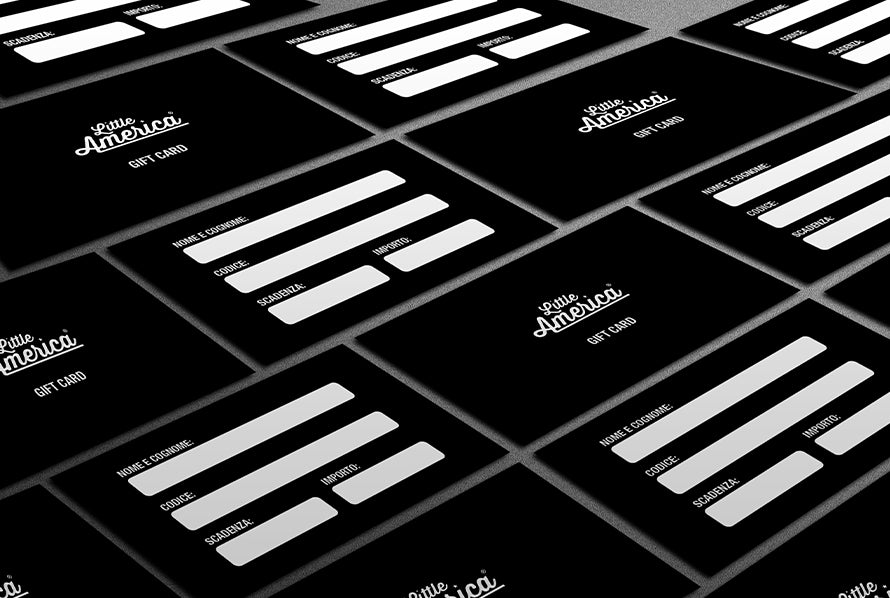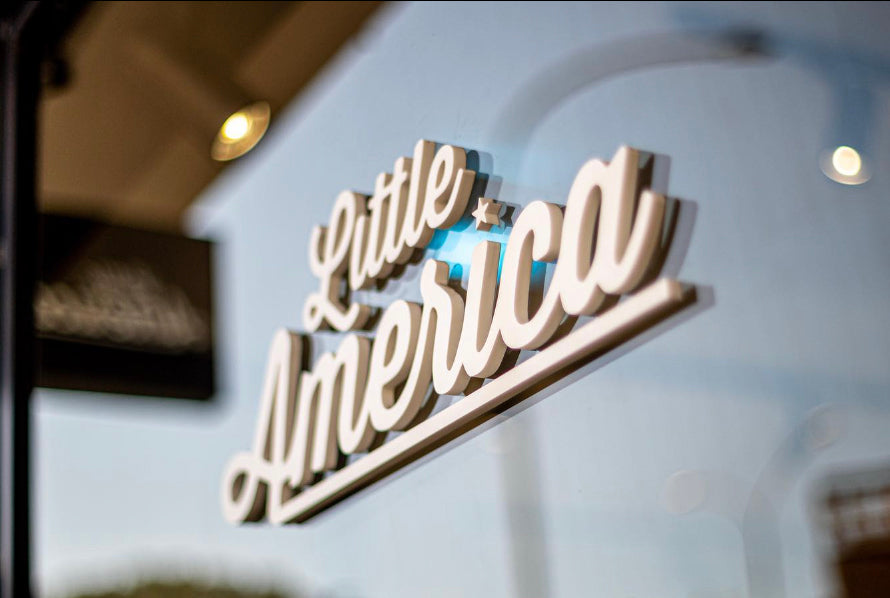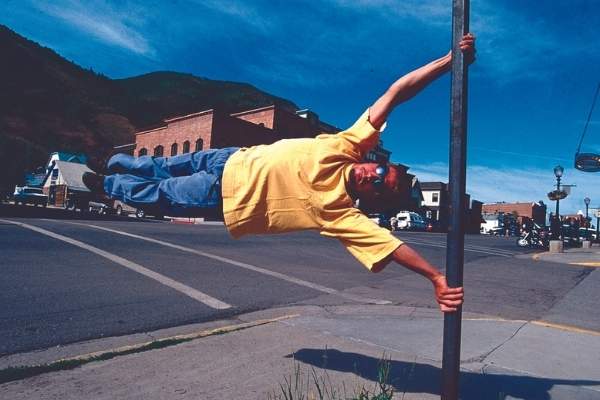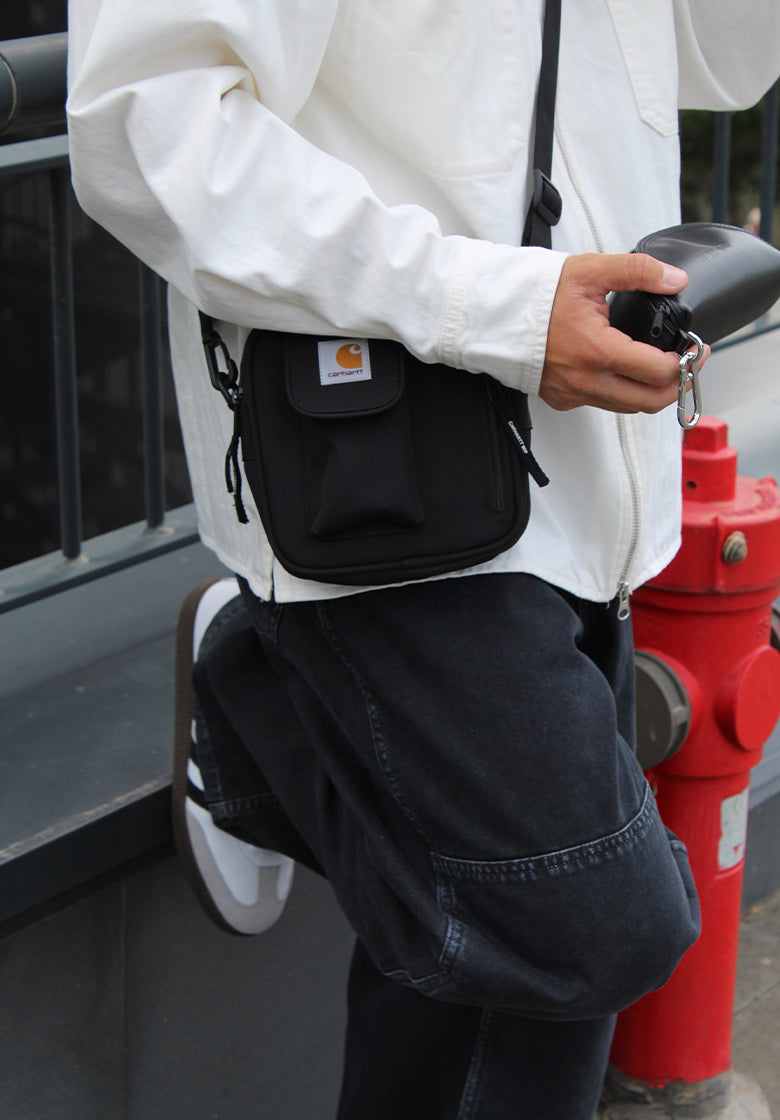Since 1982, Gramicci has been making functional outdoor apparel. Founded for movement and beloved by countless cultural movements, what began in a garage in Ventura, California has traveled to the streets of Tokyo and beyond. It’s easy to take all that heritage for granted, but sometimes it’s nice to look back at what you’ve done and where you came from. With that in mind, here’s a rough history of Gramicci, an American outdoor brand, now based in Japan, with an Italian name. The story begins in California in the early 1970s, a new generation of free-spirited climbers known as Stonemasters had settled in Yosemite National Park, pioneering a new way of climbing, with a strong focus on speed and style. The slow ascent of routes with the aid of stirrups and ropes was abandoned in favor of cleaner, more fluid movements to create “ free climbing ,” a stripped-down, minimalist form of climbing with less reliance on gear.
This emphasis on style extended beyond how the Stonemasters approached their paths, but also how they dressed and lived. Completely in tune with the burgeoning fashion of the time, they drew inspiration from a deep pool of influences. Their love of bandanas and paisley shirts came from Jimi Hendrix , while their spiritual inclinations came from the teachings of Carlos Castañeda .
These new methods required a new uniform, and for a few years bright white painter's trousers, old jeans, and olive drab overalls salvaged from army surplus stores were the trousers of choice. These rugged, utilitarian designs were a marked improvement over the stiff wool trousers and ill-fitting ropes worn by previous generations, but as the climbs became tougher, something specific was needed.
Mike Graham, a Stonemaster with a keen eye for design, was the ideal candidate to find the solution. Graham had already started a shop making lightweight, collapsible portaledges for night climbing, and when he wasn’t scaling the cliffs of Yosemite , he ran a small climbing shoe distribution business. In his small garage in Oxnard, Ventura, he set out to create the first true climbing shorts. Just as the Stonemasters looked beyond climbing to create something new, so too did Mike when he created his shorts, taking cues from a wide range of models to create something completely original.
A diamond-shaped gusset found on a pair of kung fu pants was added to the crotch for a full 180 degrees of flexibility, while durable, workwear-inspired canvas kept things sturdy when the going got tough. To keep the shorts completely secure, a nylon belt was integrated into the waist. Taking cues from backpack straps, this clever feature allowed the shorts to be adjusted with one hand, while the elasticated waistband kept things comfortable.
In 1982, after a few years of selling his hand-made products to friends, Gramicci was born. Why Gramicci? Well, a few years earlier some of the Stonemasters had attempted the first all-Italian ascent of Yosemite’s infamous Half-Dome, even though none of them were actually Italian. Nicknames were soon invented and Graham became Gramicci. The name stuck and when it came time to give his new brand a nickname, this Italian-sounding made-up word fit the bill.
After the shorts came the pants and thanks to the network he had already built up over years of climbing, word quickly spread of these seemingly indestructible yet surprisingly flexible pants dubbed the Gramicci Pants. It’s not hard to see why either. They were tough, they were functional and they fit well. They looked good too and while Lycra was starting to take over the climbing world these canvas pants had more in common with workwear.
Unlike some designs that are so specific that they really only have one application, the Gramicci design wasn’t just perfect for tackling difficult routes on rock faces – their appeal extended far beyond the world of climbing, and by the mid-1980s a small contingent of surfers and skaters were seeking out these durable climbing pants with the small hand-drawn “running man” logo.
Things had come full circle, and in the same way that Graham and the Stone Masters had torn painter's trousers and flannel shirts from their original context, kids who had no interest in climbing big rocks were donning specially designed climbing trousers.
It really made sense. The exact same details that made them so good at places like Yosemite, Joshua Tree, and Tahquitz made them perfect for any activity that required both strength and movement, and when these young surfers and skaters went on to start their own brands, many of them used Gramicci’s pants as a template for their own creations.
It didn’t stop there. As with all truly great utility styles, the pants found notoriety in Japan, and by the early 90s it wasn’t unheard of to spot a pair of Gramiccis on the streets of Shinjuku. Those hungry for American subculture were creating their own take on the laid-back Western style they’d seen in magazines and on TV, mixing vintage sneakers with workwear, military gear, and classic Ivy wear. Once again, Gramicci fit right in.
It wasn't long before he became a regular feature on the tracks of forward-thinking shops like Beams, and when the time came for Gramicci to find a new home, Japan was the perfect place.
Since then, Gramicci has continued to innovate and push new ideas, while maintaining its original ethos. The signature G-Pants haven’t gone anywhere, but new shapes like the sleeker NN-Pants have been added, along with progressive technical fabrics and collaborations with like-minded brands like White Mountaineering, Taion and Nanga .
Forty years after the first pair of Gramicci shorts were stitched together in Mike Graham’s garage, the song remains the same: they are original, functional clothing, designed with movement in mind, wherever you go and whatever you’re doing.










